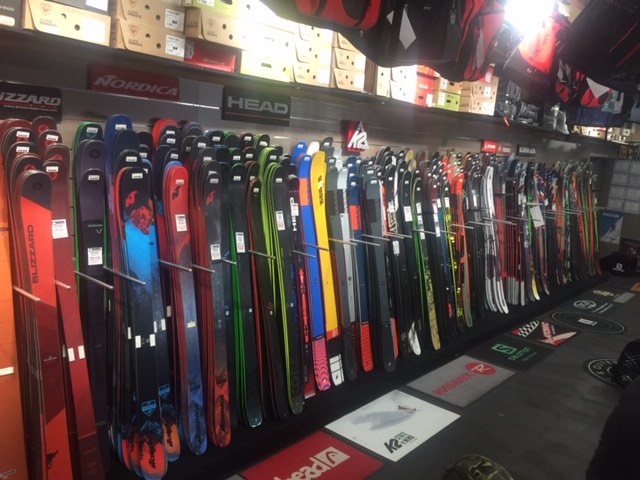A Fresh Perspective On How to Buy in a Maturing Ski Market
by Jackson Hogen | Apr 4, 2023
 The Bobo's men's ski wall as it appeared in January of 2021. The number of models available in the U.S. has only grown larger between then and now.
The Bobo's men's ski wall as it appeared in January of 2021. The number of models available in the U.S. has only grown larger between then and now.
Members get so much more content! Please sign-up today and experience all the Realskiers.com has to offer.
